-
Posts
472 -
Joined
-
Last visited
Content Type
Profiles
Forums
Gallery
Events
Posts posted by Richard Dunn
-
-
The Axial timbers. The small parts at bottom left are the cutwater.
The parts to the right are the rudder parts as built.
A frame
The fit of the parts is shown here with the locating notches of the fore mast step, obviously its not all the way in, only the left 2 are in as the surrounding wood is in the way but you can see it lines up perfectly.
- scrubbyj427, druxey, mtaylor and 6 others
-
 9
9
-
All the frames and Axial parts are cut , just the planking to cut and then I will take some photos, it takes me 3 whole days to cut the frames alone on the CNC and another day for the rest.
- Scottish Guy, scrubbyj427 and mtaylor
-
 3
3
-
Yep this is not affected by the heat, neither is the glue, it's been 7 months now since I put this on and we have had temperatures to 38 degrees Celsius outside (100 degrees Fahrenheit), hotter in garage without AC on and it's still not coming off even if I tried, this is I believe due to the Starbond Cyano glue.
In fact getting a plate off even if you want to is a massive job, you have to chisel it off and scrape, you literally cant pull it off.. its amazing'
Of course this has not been in direct sun, not game to do that without paint as UV WILL make the styrene brittle but as long as hot days are avoided and its kept in the case when not in the water I don't foresee any problems.
I know lots of people have warned me about this which is why I have taken the time to test it, all I can say is try it with starbond Cyano its a different result.I should also say that the test samples done with Techniglue Epoxy have creeped slightly ( almost imperceptible) and as expected contact glued fell off completely, back when I was in the trade and when we needed to remove laminate Formica from something we used a heat gun and scraper to remove it as it's always contact glued so it makes sense that in hot weather its not going to hold, I had also used contact for deck plates on a previous model and that all lifted within 12 months
I want to video me getting a plate off at some point to show everyone how good the bond is, it's actually worth taking the time and showing you. and no sanding or scuffing of styrene was done, just used the dull side.
I have also tried ZAP brand and Bob Smith Industries glue, both worked well but could be pulled off in a couple of pieces, not in the same league I am afraid, though certainly good enough for a normal sized model but if doing a large surface....., and you have to buy small bottles you need to take out a second mortgage, that's another big advantage to Starbond, it comes in huge 16 fl ounce bottles and is not as expensive proportionally.
-
Yeah the second option fell through as well.
I can say now it was to the "Interislander" and I was proposing it goes in one of the new terminal buildings since Tamahine was the first purpose built one.But alas they wanted it for free and also decided it was not relevant as it was not owned by the same line. Back then it was the Union Steam Ship Company and they went under in the 80's, if the first purpose built vessel for the run is not of historical relevance I don't know what is but ok... pretty narrow minded IMO but oh well.
- KeithAug, mtaylor and Roger Pellett
-
 1
1
-
 2
2
-
-
I did more work than I got paid for in the hopes that the progress shots of a complete shell would help to keep the project going once I heard the company were cutting costs, probably naïve of me to think it would change anything but the next job on this is laying the decks and will do that at same time as the Cutty Sark kit I am designing.
Never mind, I will come back to it.- Paul Le Wol and mtaylor
-
 2
2
-
Construction of the bulwark, still not sure if it will be brass or .5mm ply. Note the brass butt straps on the bulwark where the stanchions go they are spaced every 40mm so ply would probably be strong enough given its 1mm total in those places, butt straps need to be brass so stanchions can be soldered to them
The variation in the protruding height of the sheerplate can be seen here and below which had to be measured at every stanchion as it's impossible to get right without it, luckily we have a nice 4mm overlap for a good solid joint (seen where a plate is turned off).
The angle iron margin angles and the one connecting the main rail to the plates underneath can be made from styrene profile.
Anyway time to start cutting the Axial timbers and frames this weekend.
Then it will really be apparent how small this actually is without spars. -
I just realised I have not updated this.
This build has gone from commission to personal now and taken the back burner as the client has run into financial trouble and of course this is not a priority in the eye of the creditors, understandable I suppose but anyway I will work on it myself, alongside the CS kit I am designing as it has many of the same things. -
Thanks guys
I should add a certain amount of customisation can be done to what's above to.
The Tween deck can be left un planked if the hatch covers are closed but the decks themselves form a vital part of the structure with how they notch around the frames at both deck levels, you could just pen in the planking to but I would plank it as far as you can see in the hatch's, which is not much at all.
Also the stem and cutwater shown in image 1 is currently in one piece, this will be made of all the correct parts, some quite small at this scale but I think it's important to include them as less then half are under the trail boards.
Also the stem and sternpost are built form the same pieces and size as original as far as what can be seen outside rabbet so that should follow to everything including the cutwater and knightheads
The saloon could also be left unfitted out but if you leave companion doors open you can still see through the skylight, and that is about 80mm long.
The precision and fit of parts is not a concern, some of you may have already seen the 2 other build blogs on here, both of which are CNC cut, the 1/35 Wahine and the 1/48 Tamahine which was a commission job, sadly that has fallen through due to financial trouble with the NZ based client company but will get finished at some stage. both these below builds illustrate the way the joints work.- mtaylor, GrandpaPhil, Scottish Guy and 3 others
-
 6
6
-
Starting to plan build sequence
Axial structure with rabbet cut.Aft deadwood not complete here and missing mizzen footing
Frames installed
The pre planked tween deck halves need to be inside before last frames go up
Deck longitudinal stringers added
Tween deck fitted
Main deck and Saloon floor attached
Counter bed layers
Poop break and Poop fillers fitted
Cant frames
-
On 11/6/2023 at 12:32 PM, Jaager said:
I was thinking that you might know ways to avoid enriching Maersk et al. and still get suitable lumber.
Ah I see, I took it wrongly, sorry about that Jaager, the joys of written text without context.
The problem we have in Australia is that wood in general has become very hard to source, exotic timber including our own "furniture timbers" are also very hard to get, I build guitars as I said and even some of the renowned tone woods we grow over here like Tasmanian Blackwood,, you just cant get it, same with maple and many others you mentioned.
I had Anigre laying around and realised it was a perfect match and I could buy it in large quantities at the time last year, I purchased the last of it in this state anyway and it should last a while.
I cut the blanks on the weekend ready for final sizing and I am still glad I used it despite the dulling effect- Scottish Guy, GrandpaPhil, mtaylor and 1 other
-
 4
4
-
The post that was directed at me implied to me that I do not know my timbers and that I should ”validate” the wood I thought was Anigre.
I have been using timber all my life professionally in furniture and guitars, more species than most even get the privilege to use, heck I even have stocks of Brazilian Rosewood slabs, now banned under the cites treaty, but I am not going to go into a rant about my experience as it’s not way to handle this, and why should anyone believe me anyway. To be honest I was offended by the comment that I should check my facts and then to proceed to tell me what I should use.
If it had been worded better maybe it would not have read like that, if that was not how it was intended to read, I don’t know.
I also felt the post had a tone of use woods from your own country, that’s one step away from go back to your own county in my mind.
Anyway I am not a person who can deal with attacks and confrontation and I don’t put myself out there on social media for that reason, I don’t even have a mobile phone to avoid this sort of thing.
I am considering whether to post ever again now.- mtaylor, Scottish Guy and cajunrandy214
-
 1
1
-
 2
2
-
24 minutes ago, Jaager said:
You may wish to verify the identity of the wood that you are calling Anigre.
I do not need to verify it, I have been using it all my life in various ways, I thought I made that pretty clear.
If you have used it and don't like it then don't use it but It's a very good representation for aged teak, that's it.
The pores are virtually invisible to the eye- mtaylor, Scottish Guy, RossR and 1 other
-
 4
4
-
Thanks Keith.
A footnote to my comments about Anigre above, its very hard on tools and is quite a hard wood, much harder that Obechi or Pear and it blunts tools, I have just sawn all my planking stock ready to go through the mini saw and the bandsaw blade is dull as.The 9.84mm Axial structure stock is machined ready for CNC.
-
-
-
I just got a response from the Glasgow University as I had read in a Frank Carr book they had the original plans, or at least some of them that were given to them in the early 1900,s
Here is the response
Thanks for your email on the Cutty Sark.
The Cutty Sark, which was launched in 1869, was worked upon by two companies: Scott & Linton and (after that company entered financial difficulties) William Denny & Brothers. While we have no Scott & Linton records in our collection, we do have materials from William Denny & Brothers. Unfortunately, after having gone through the items, I cannot see any mention or drawings of the Cutty Sark. A search of the ship’s name on our Special Collections search also brings up no results.
Good luck with your research.
Kind regards,
Archives & Special Collections (ASC)
University of Glasgow Library,
- Scottish Guy, mtaylor, cajunrandy214 and 1 other
-
 1
1
-
 3
3
-
14 hours ago, Keith_W said:
Your house must be massive for you to have something like that lying around somewhere and forgetting that you had it
 I have a typical Melbourne home ... expensive and small. I would definitely notice something like that in my house!
I have a typical Melbourne home ... expensive and small. I would definitely notice something like that in my house!
It was behind a bed in a spare bedroom, when I wrote the comment It had slipped my mind I had already done one of these, as bread and butter but because its CNC carved you just walk away for the day and let it go largely.
My house is not massive, 470sqm but I do have a good sized workshop, most people have seen it in my Wahine build in here, and I have an awesome wife who when we built this house let me convert the media area adjacent to the garage into a soundproof machinery room where I have my CNC, thicknesser, jointer, lathe and bandsaw.
So that is now accessed from the garage via soundproof doors and the wall inside blocked up into a niche to display guitars in.- mtaylor, Scottish Guy and druxey
-
 3
3
-
- BLACK VIKING, Keith_W, hollowneck and 8 others
-
 11
11
-
In regards to Anigre as a wood for teak decking, I have posted this somewhere else but since it is what I am doing for his I will post the image here to.
I know my woods and have been a furniture builder most of my life and still build guitars.
Anigre is not a high ranked wood but it is fine grained and nice to use, it does have an unpleasent smell..it smells like **** frankly.. but it goes quickly and becomes musty in smell, it cuts well and sands really nicely, it is fine grain with no large pores, about the same as Cherry.
The issue is availability, if you can get it get as much as you can afford because it may not be around much longer due to bans on logging.
I did some searching for it in the US and it seems easier to get for you.It is also readily available as veneer, be careful of this as its normally fiddleback with waves in it, its beautiful wood but no good on a deck.
Here it is in veneer form on a cabinet I made 20 years ago note the figure which you don't wantas you can see the colours match pretty well, the greyer stuff is good for older teak, for scale those planks are about 6 inches wide, the front one 4
Note the fiddleback figure in the venner! you don't want this if you buy Anigre veneer.
By the way this was toned to this colour, it's not the natural colour.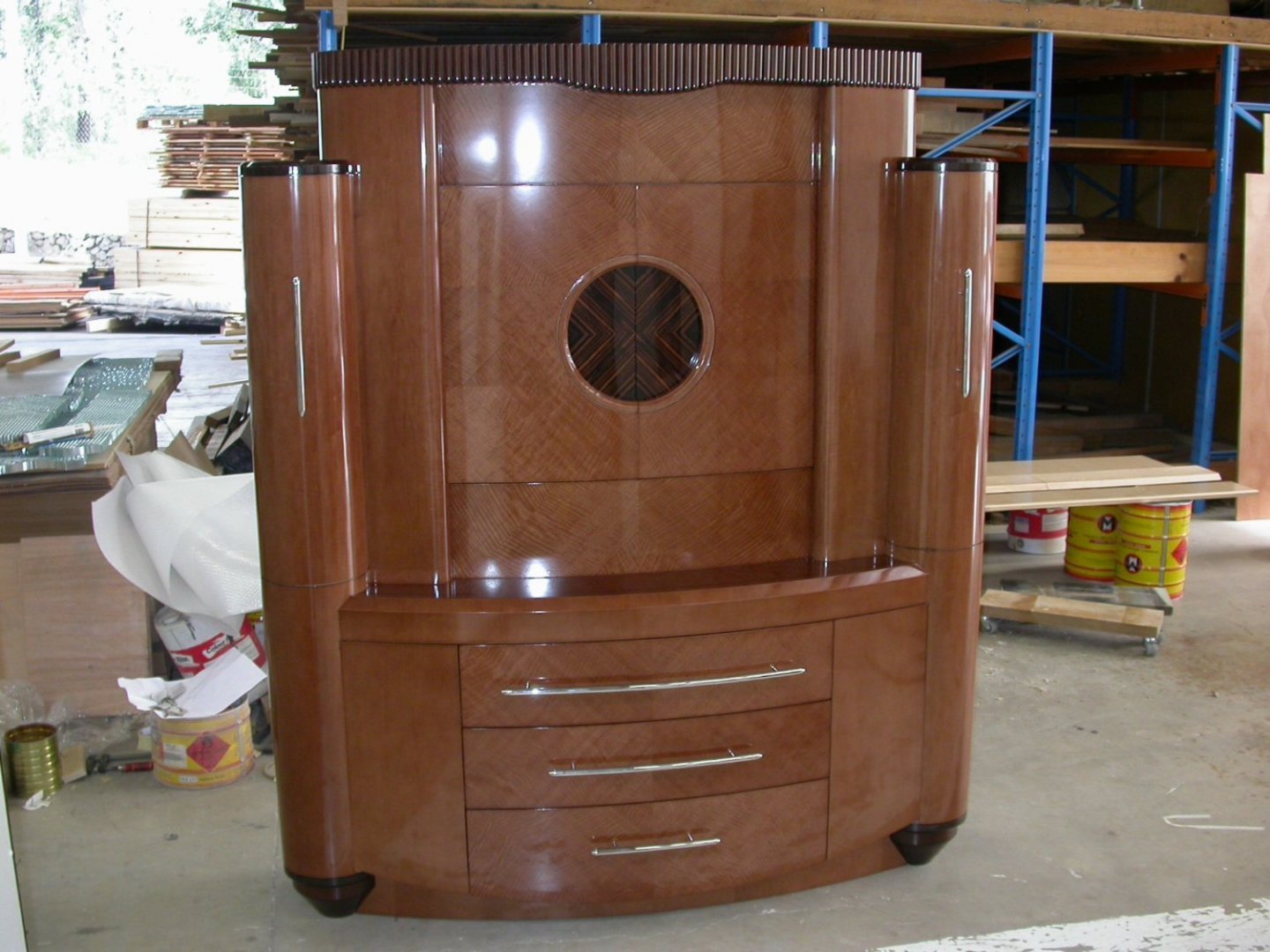
- druxey, GrandpaPhil, BLACK VIKING and 5 others
-
 6
6
-
 2
2
-
-
-
I carved a 1/40 scale Cutty Sark hull on the CNC last night so will post images of me holding it soon to show size
-
I am going to post a piece of research data I was given during the restoration, anyone building a model will find this invaluable but it needs to be cleaned up, it is the size and type of rigging of all the rigging in the ship, I think its standing and running rigging but very interesting.
Enjoy.G Wicksteed Particulars of Rigging 1981.pdf
Also plans exist of all the spars and yards that were drawn in the 50's here is the mainmast for example showing sizes and riveted construction.
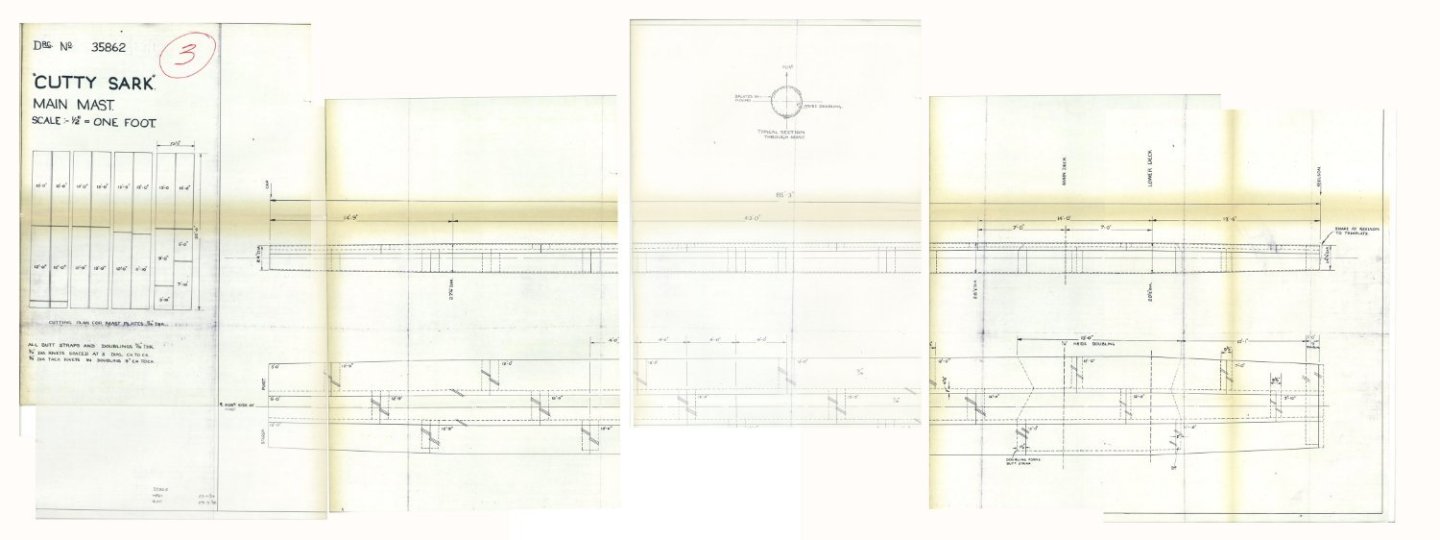
and all spars are recorded like this as well.
- Scottish Guy, GrandpaPhil, druxey and 1 other
-
 4
4

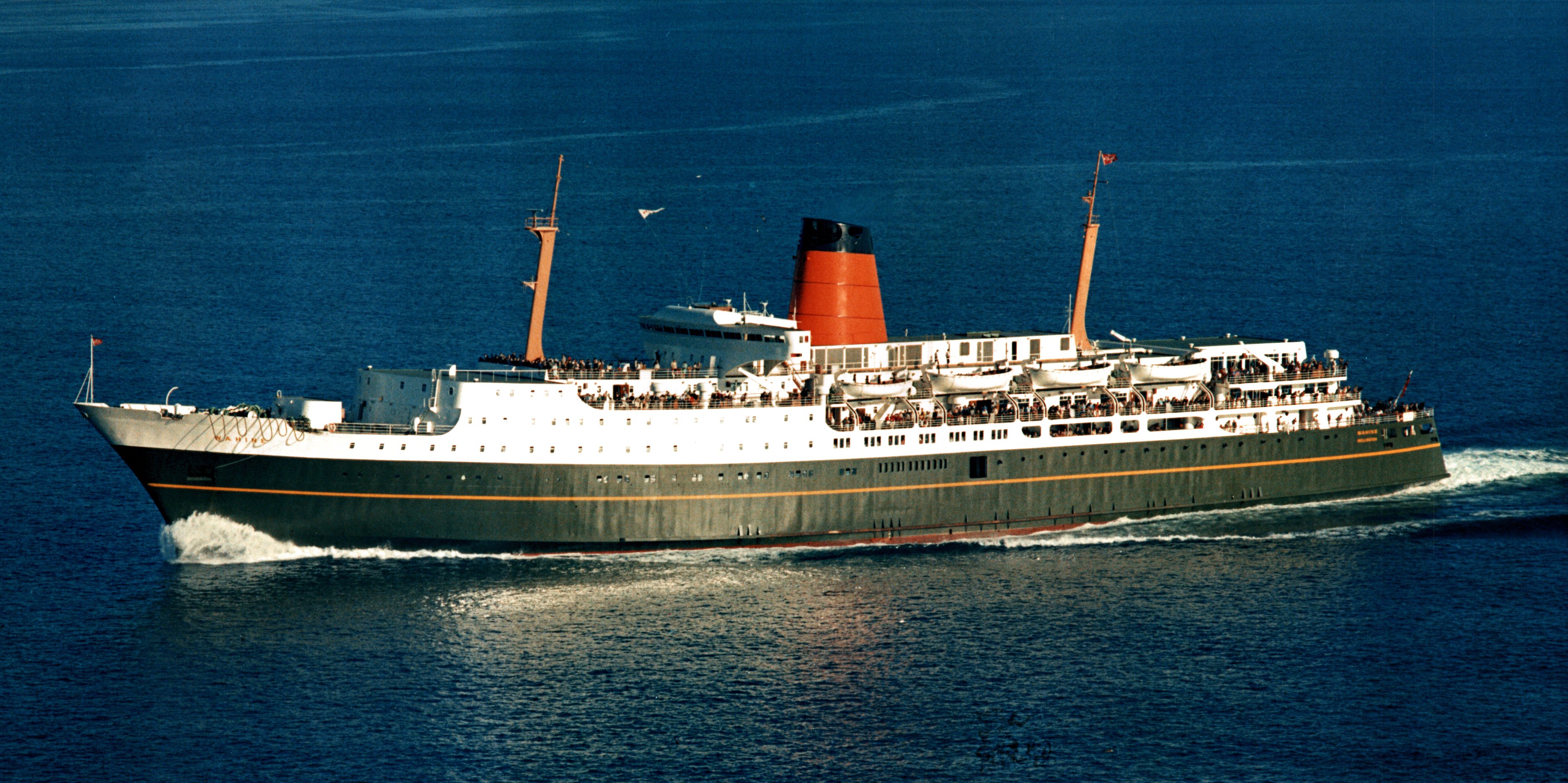
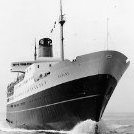
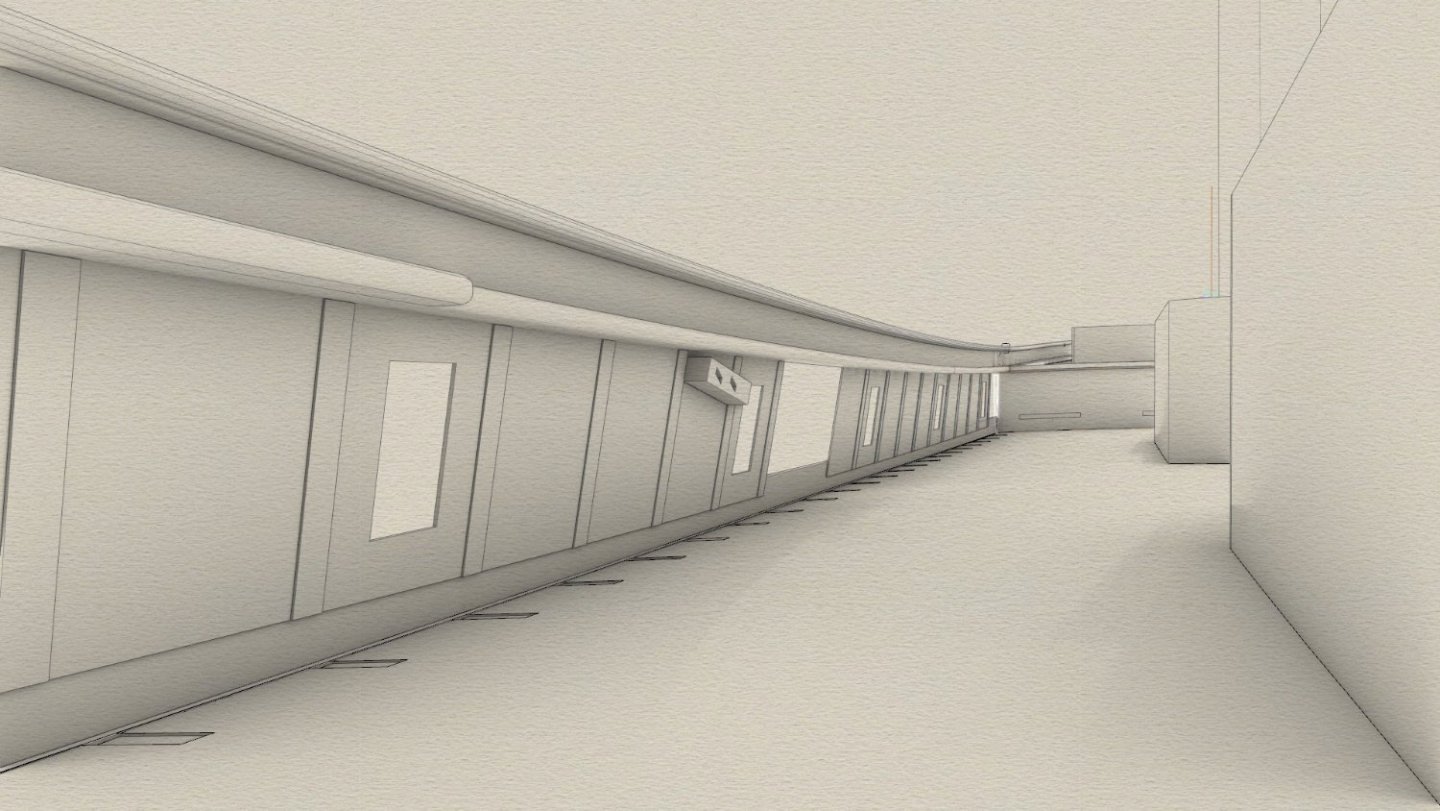
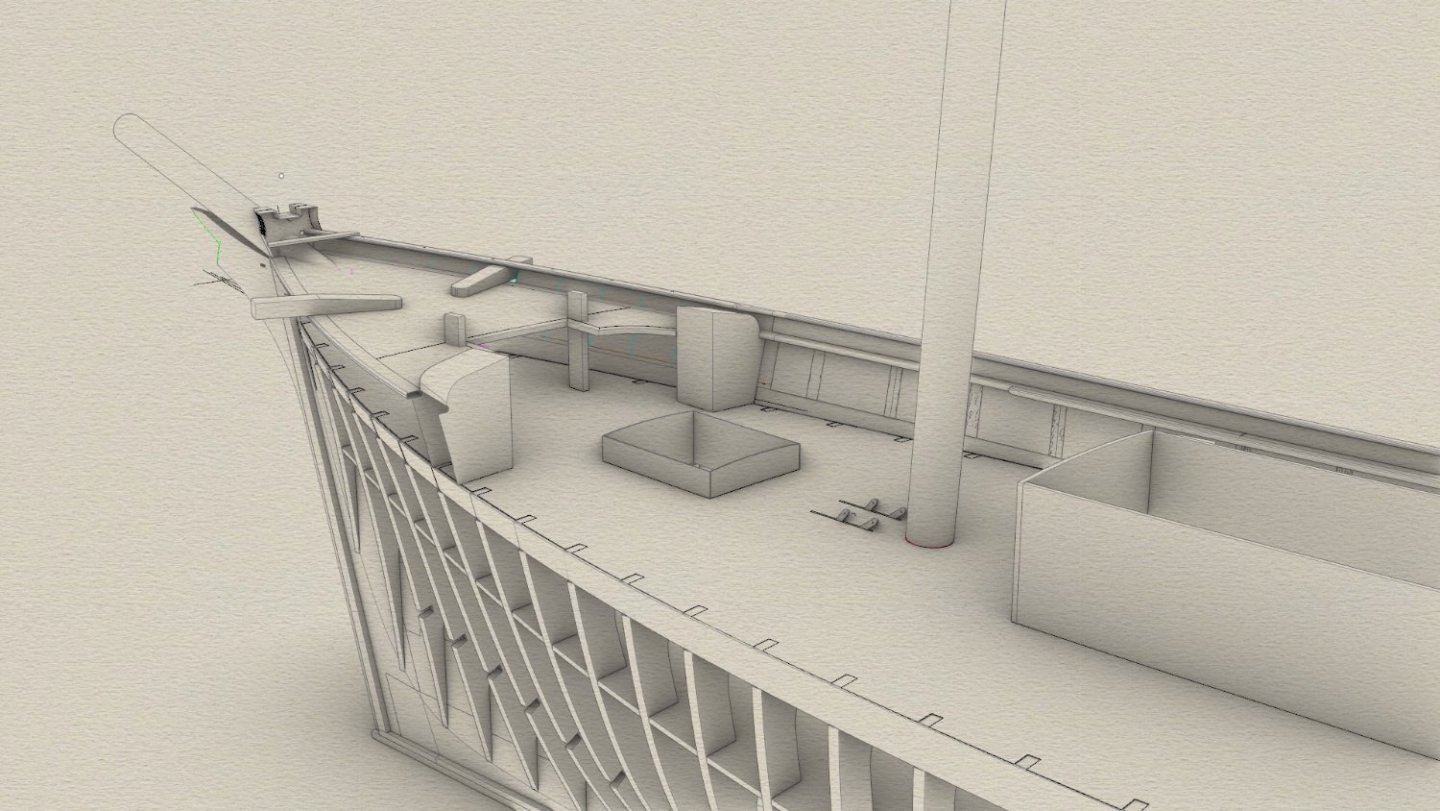
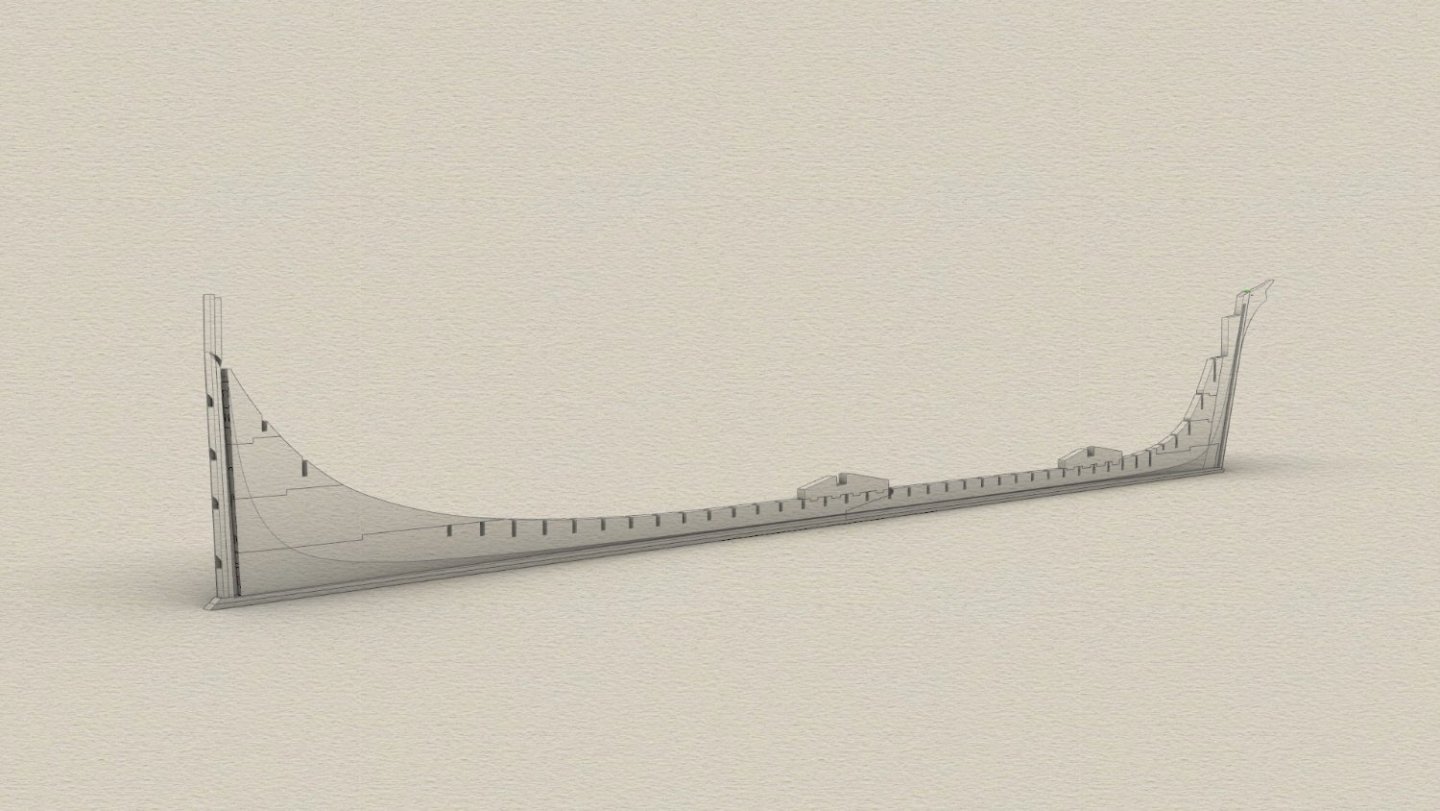
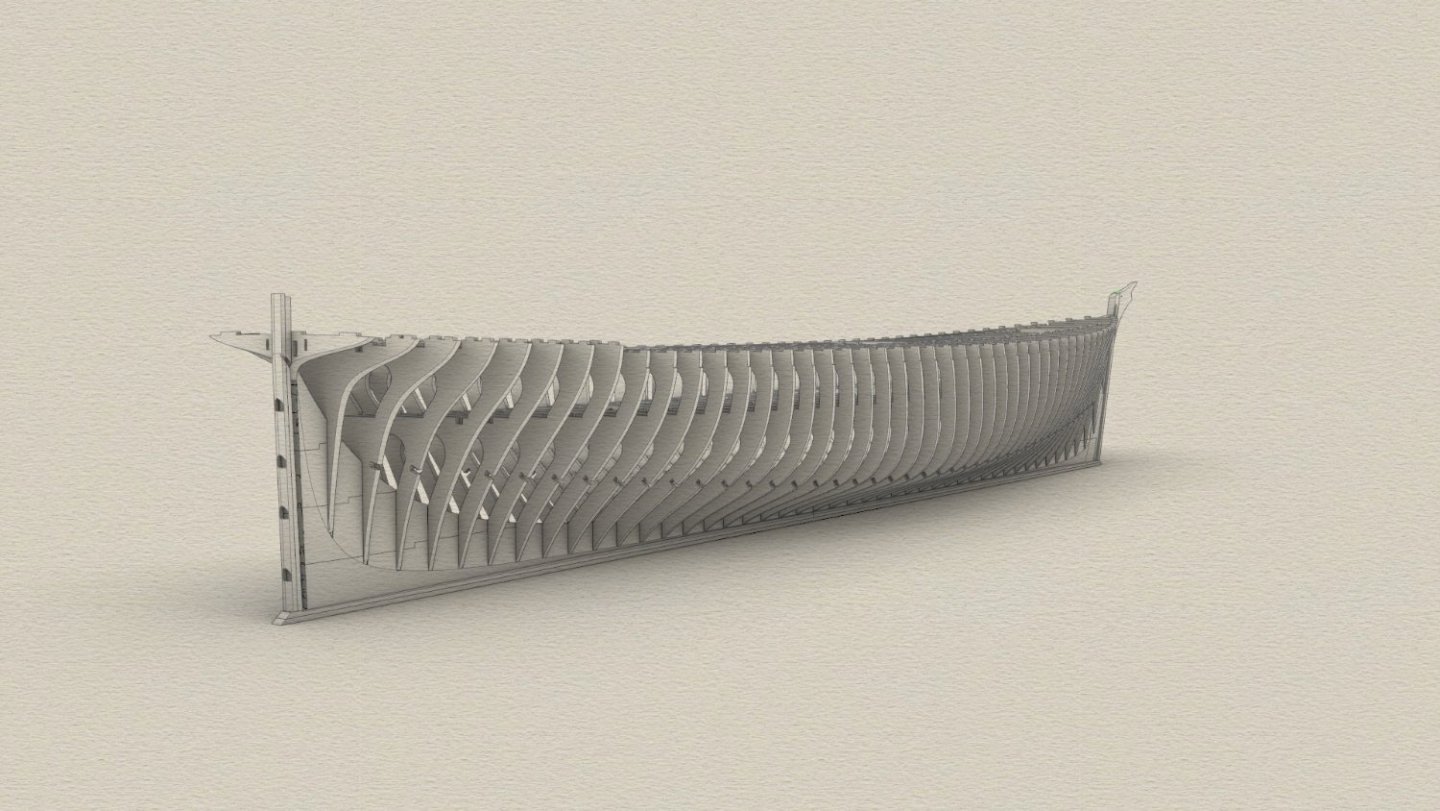
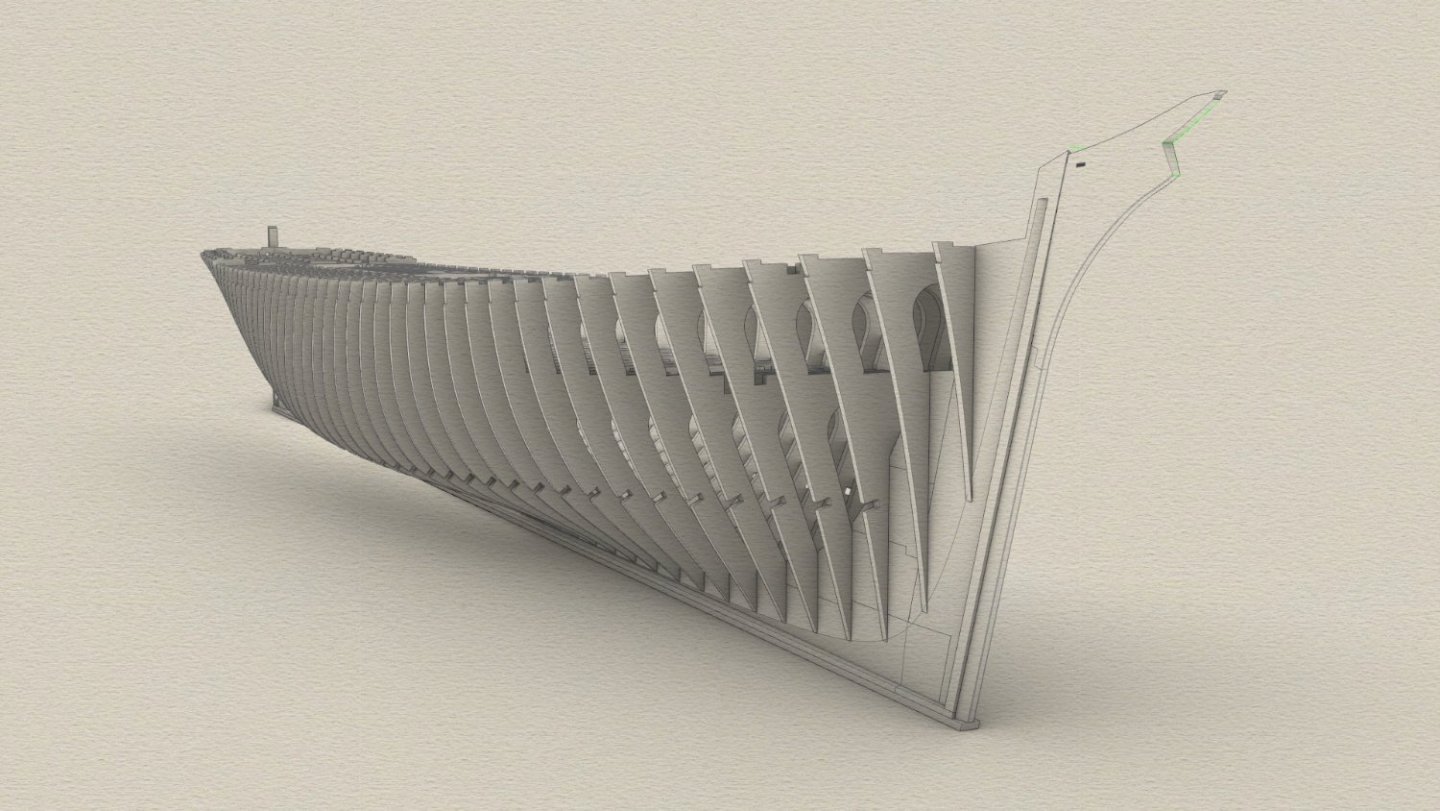
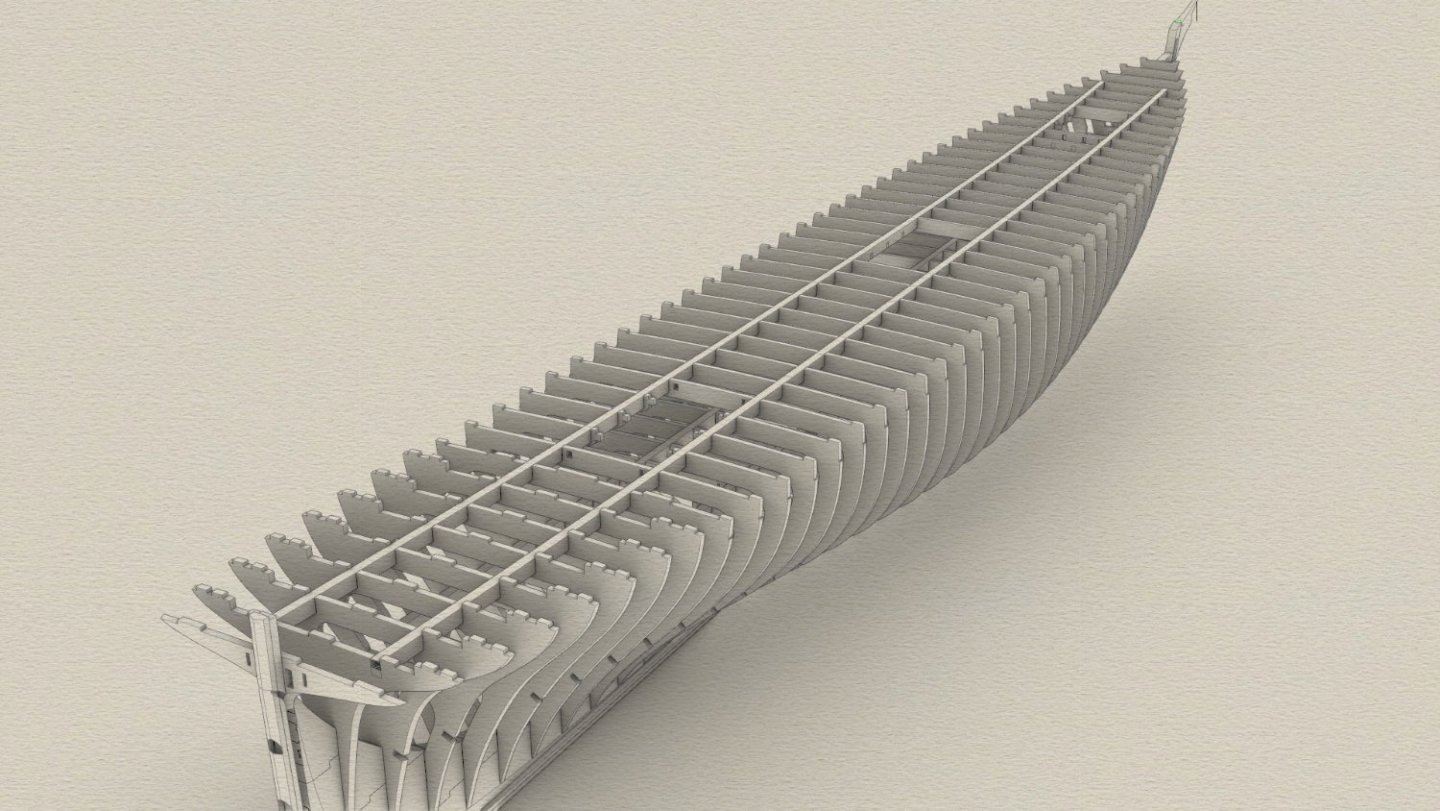
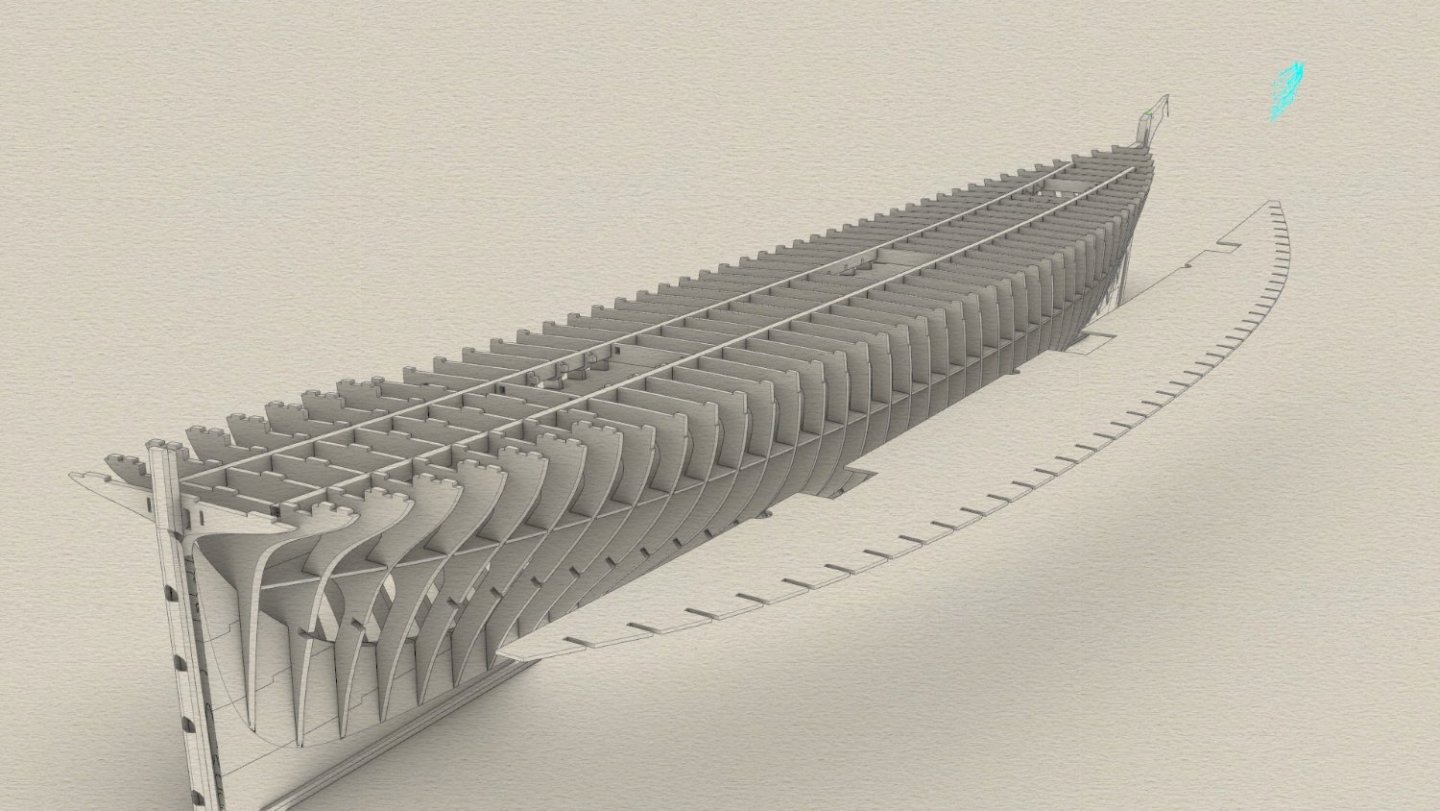
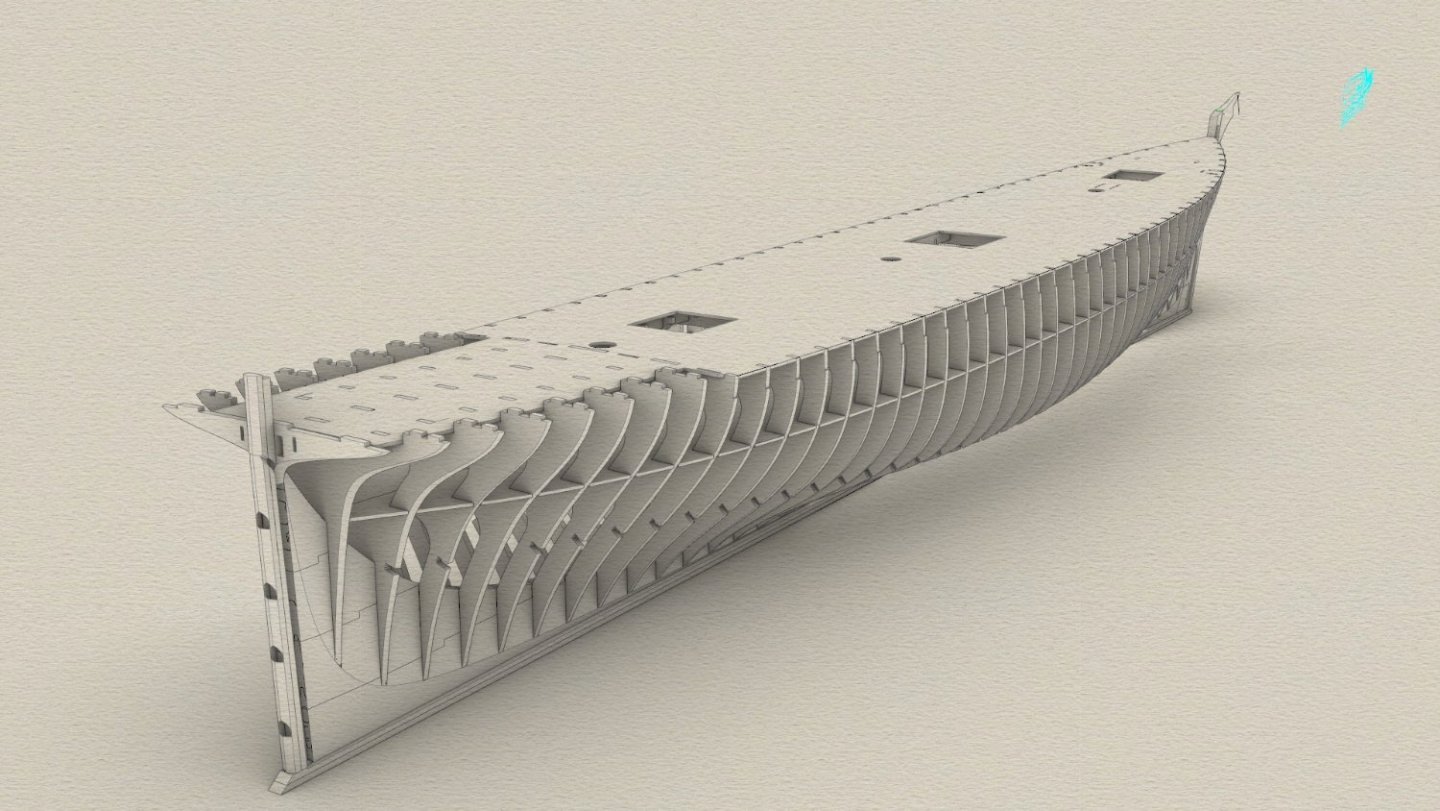
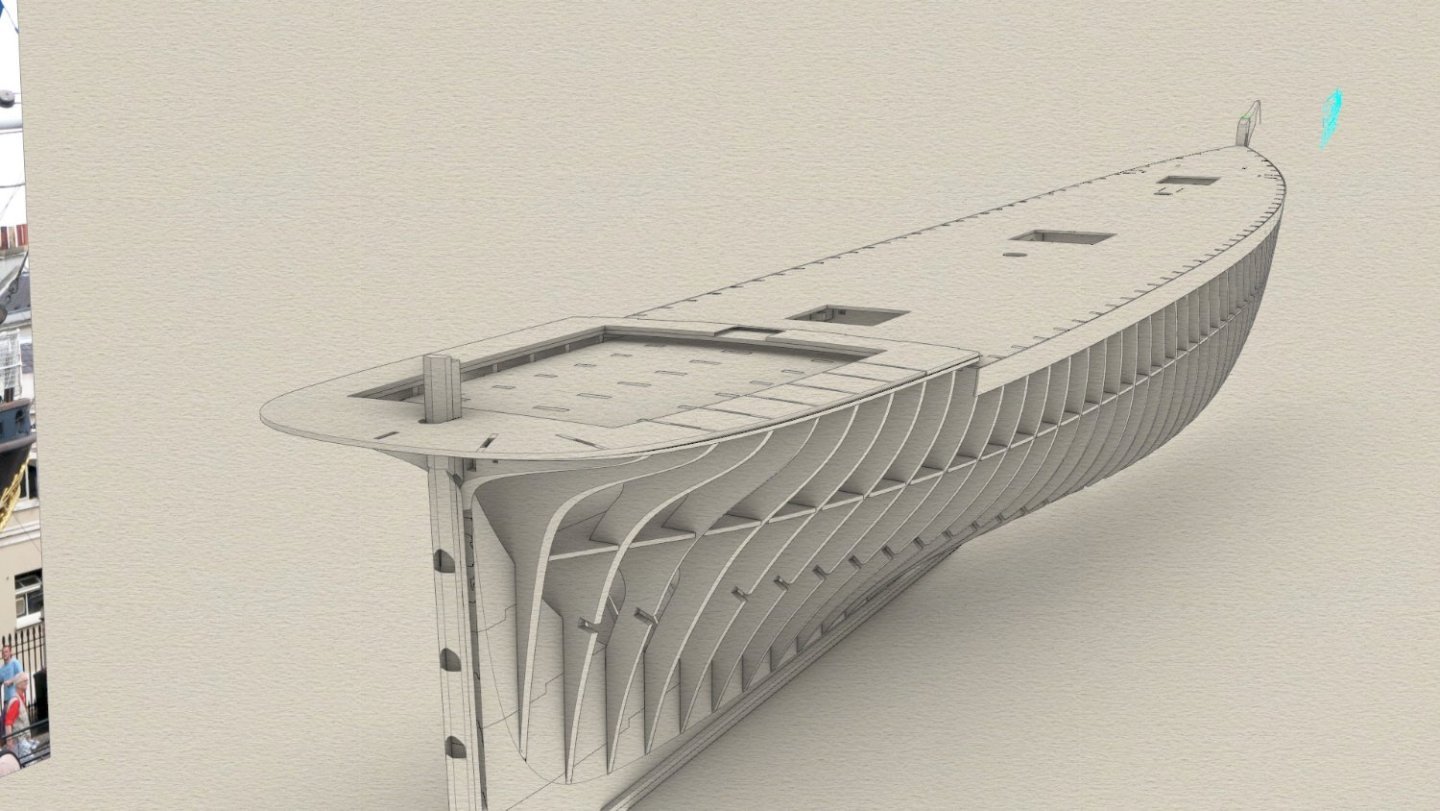
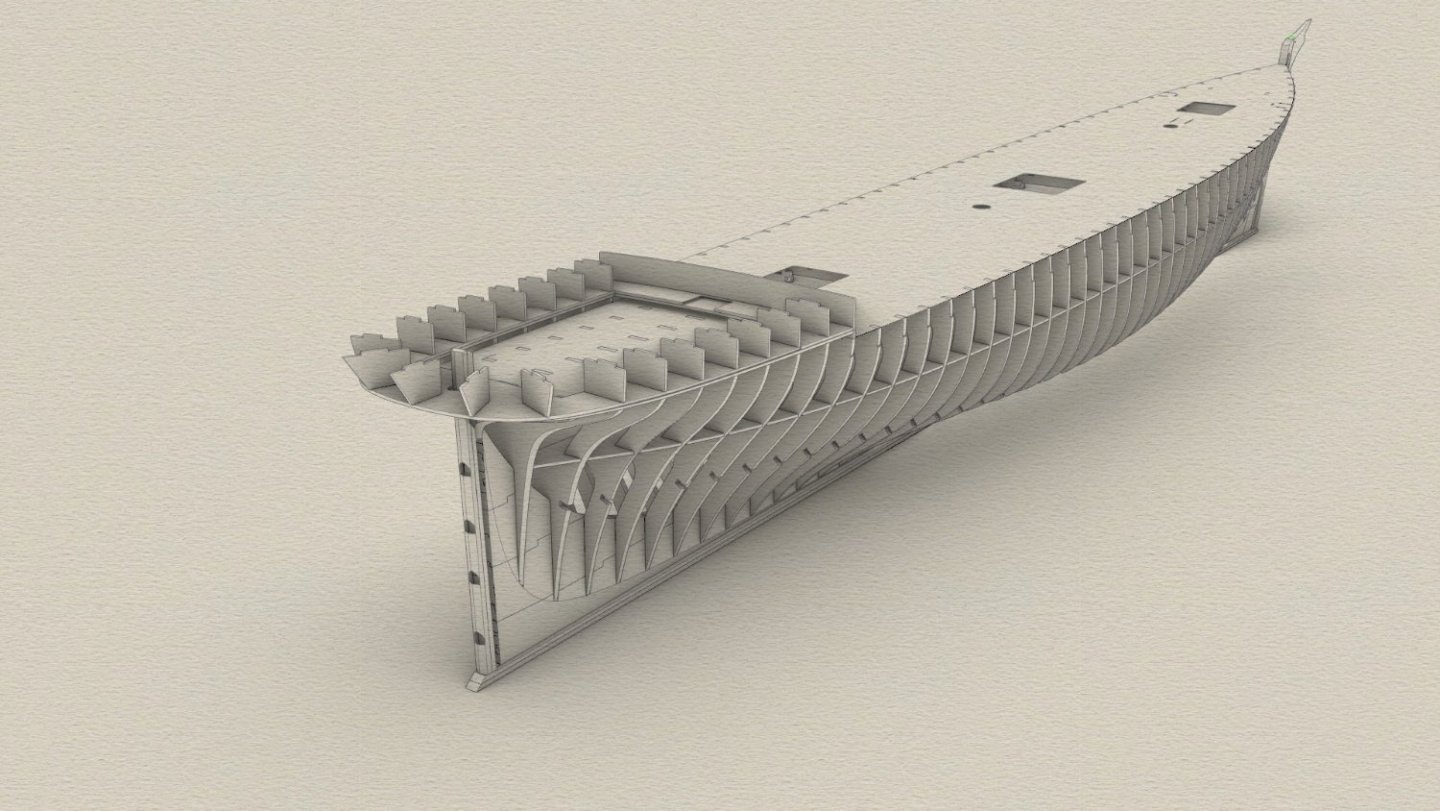
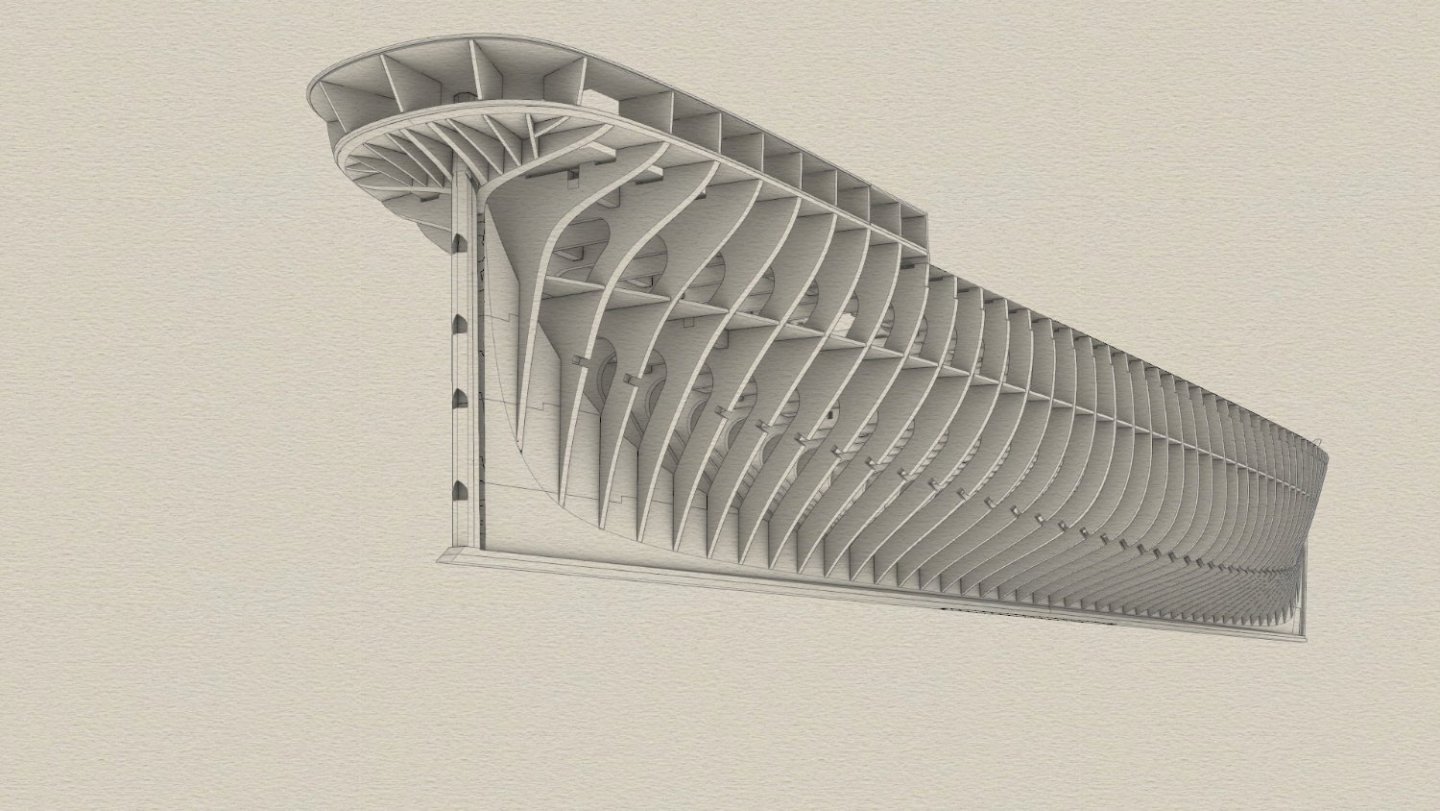

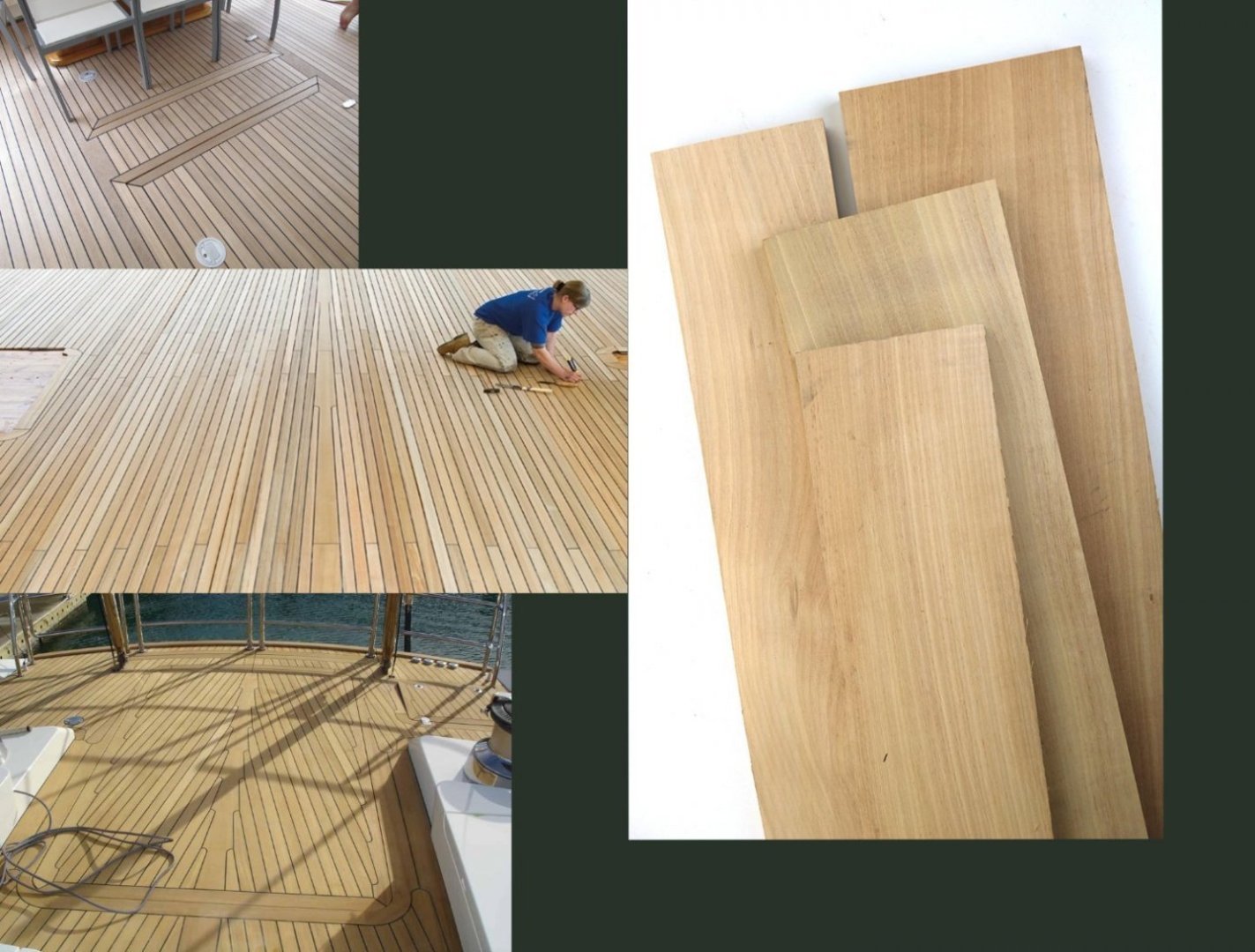
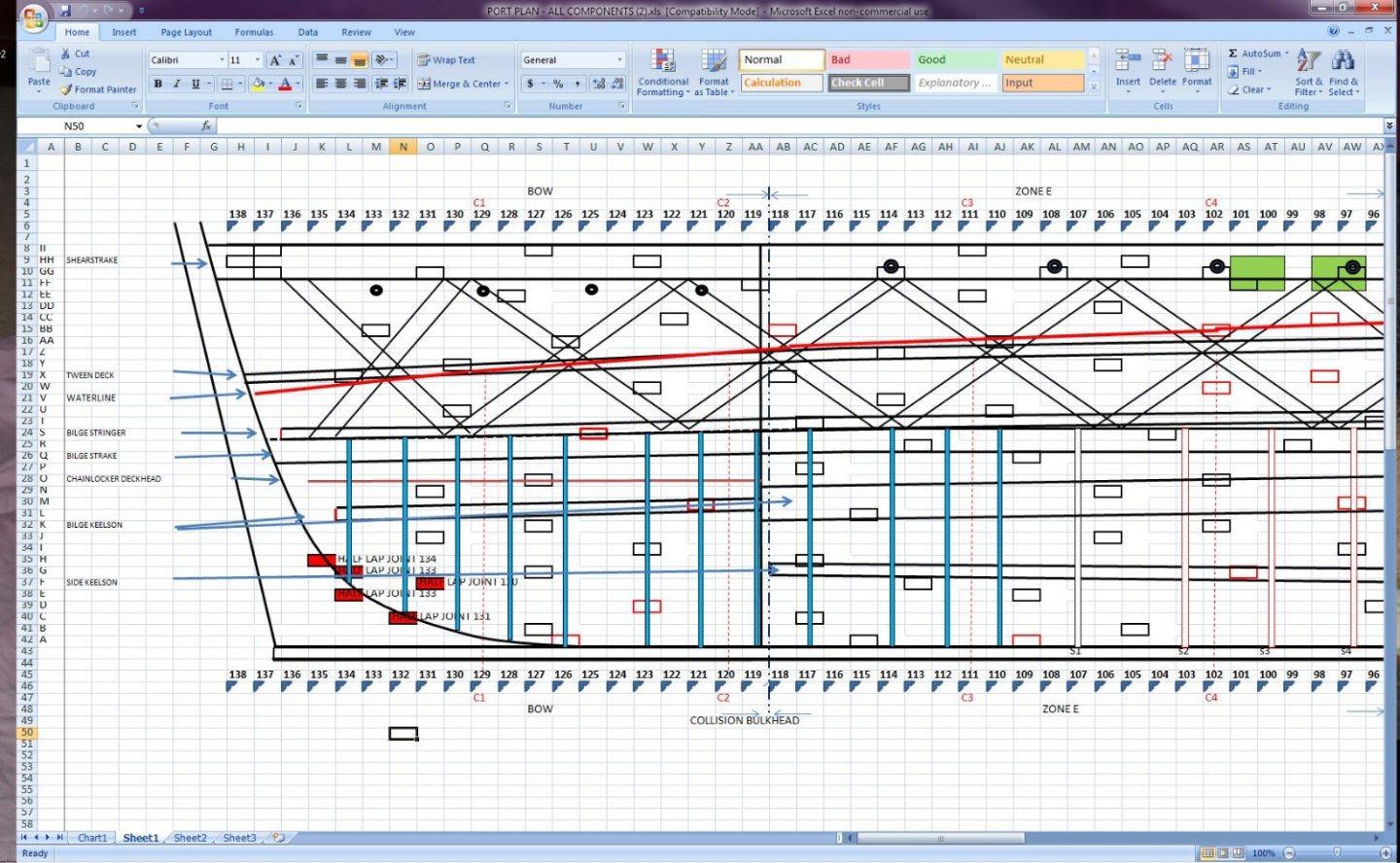
Cutty Sark by Richard Dunn - 1/40 scale - scratch built semi-kit prototype
in - Build logs for subjects built 1851 - 1900
Posted · Edited by Richard Dunn
Just some shots of the last CAD jobs to do.
The Monkey poop interior for those who wish to build it out, maybe even have a removable roof, all to scale.
And lastly the deckhouse panelling, this is going to be a challenge, it's made in 3 layers of thin cherry, a 2mm base then the .8mm second layer and then the .6 third layer, the mouldings will be a real challenge as the main ones are just .9mm square and have a profile. If possible I would like some advice on this if anyone has any, I know abut scrapping profiles but due to the tight bends I am thinking of using strips and bending them into place with steam and water...thoughts? anyone who has done this sort of work?.
Surprisingly no plans have these details as built on ship, but rather just approximations, however this is done from tracing photos and measurements and correcting perspective distortion.
Below are the colours and codes for the types of panels in arrangement but yeah the light blue mouldings are .9mm wide and 1.1mm deep and triangular in section
Here is how it will go together (not complete).
The Dark brown is the 2mm base, then the send layer in light blue, and finally the grey outer layer all built as per the real thing.
But as I said if anyone has some awesome tricks for making very small profiled mouldings please share.
For the purpose of scale this deckhouse wall is 43mm high